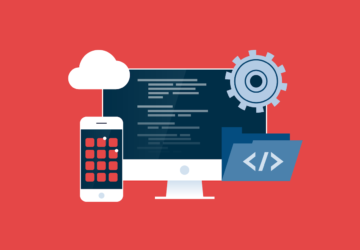Healthcare software development involves the creation of software applications that are specifically designed to meet the needs of the healthcare industry. These applications range from electronic health records (EHR) to medical billing software and telemedicine platforms. Healthcare software development is a complex process that requires a deep understanding of the healthcare industry, including regulatory compliance, data privacy, and security.
Key Technologies Used in Healthcare Software Development
In healthcare software development, a wide range of technologies are used to build applications that meet the needs of healthcare providers and patients. These technologies include:
- Electronic Health Records (EHR) Systems: EHR systems are digital versions of medical records that allow healthcare providers to access and share patient information securely.
- Medical Billing Software: Medical billing software is used by healthcare providers to manage patient billing and insurance claims.
- Telemedicine Platforms: Telemedicine platforms enable healthcare providers to deliver remote care to patients using video conferencing and other digital technologies.
- Medical Imaging Software: Medical imaging software is used by radiologists and other medical professionals to view and analyze medical images, such as X-rays, CT scans, and MRIs.
Steps to developing custom healthcare software
With the rise of technology in the healthcare industry, custom healthcare software has become a crucial component of healthcare organizations. Developing custom healthcare software can be a challenging task, but the benefits of having a tailored solution that fits the specific needs of your organization can be immense. Here are the steps to developing custom healthcare software:
- Step 1: Define the Problem and Identify the Need. The first step to developing custom healthcare software is to define the problem and identify the need for a custom solution. This involves analyzing your current processes, identifying inefficiencies, and determining the areas where a custom solution could improve your operations.
- Step 2: Gather Requirements. Once you have identified the need for a custom solution, the next step is to gather requirements. This involves working with stakeholders from different departments to determine what features and functionalities are needed to solve the identified problem. It is important to involve end-users in this process to ensure that the final solution meets their needs.
- Step 3: Develop a Plan. With the requirements gathered, it is time to develop a plan for the software development process. This includes creating a timeline, setting milestones, and identifying the resources needed to complete the project. It is important to have a clear plan in place to ensure that the project stays on track and is completed within the desired timeframe.
- Step 4: Design the Software. The design phase is where the software development team starts to build the custom solution based on the requirements gathered. This involves creating wireframes, prototypes, and user interface designs. It is important to involve end-users in this process to ensure that the design meets their needs and is user-friendly.








